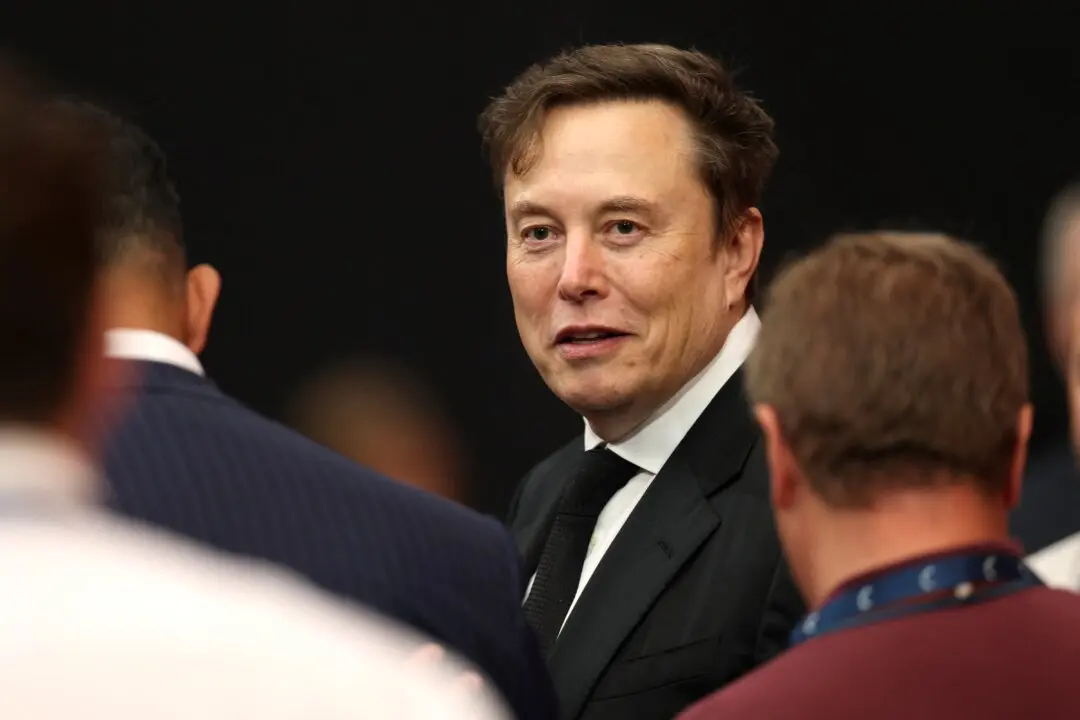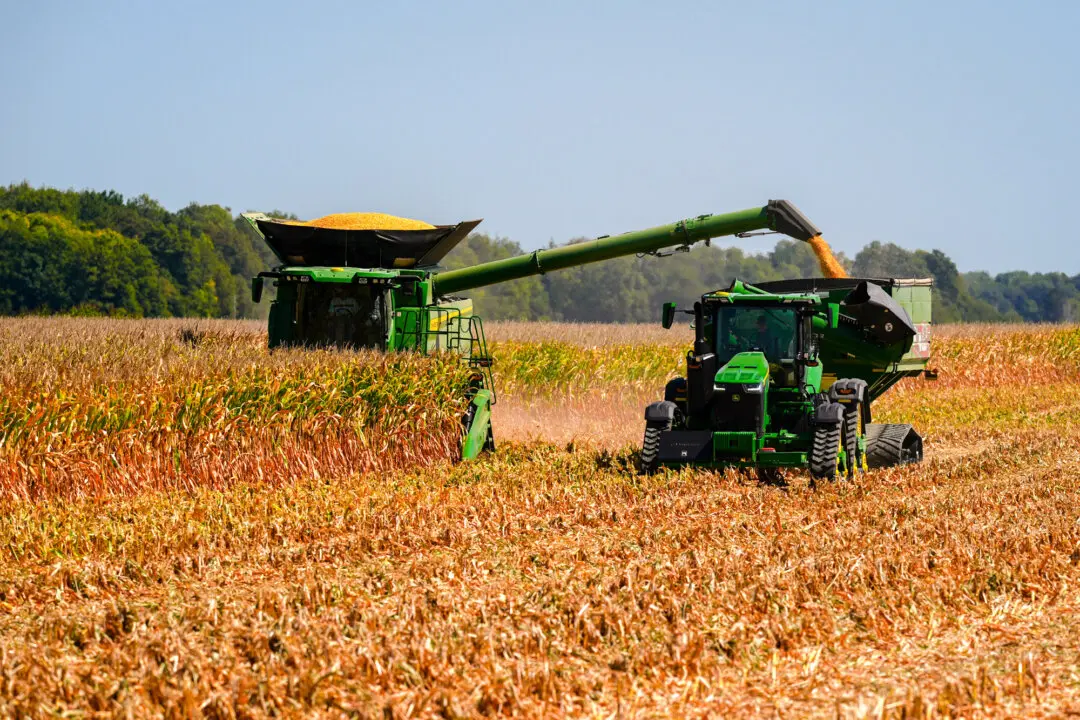Retail spending in the United States stalled in April, coming in at a below-expectations zero percent after surging over 10 percent in March, when a round of stimulus checks hit bank accounts and Americans went on a shopping spree.
The U.S. Census Bureau said in a Friday release (pdf) that U.S. retail spending remained flat in April, while economists polled by Reuters predicted a 1 percent rise. So-called core retail spending—which excludes automobiles, gasoline, building materials and food services—dropped 1.5 percent last month.





